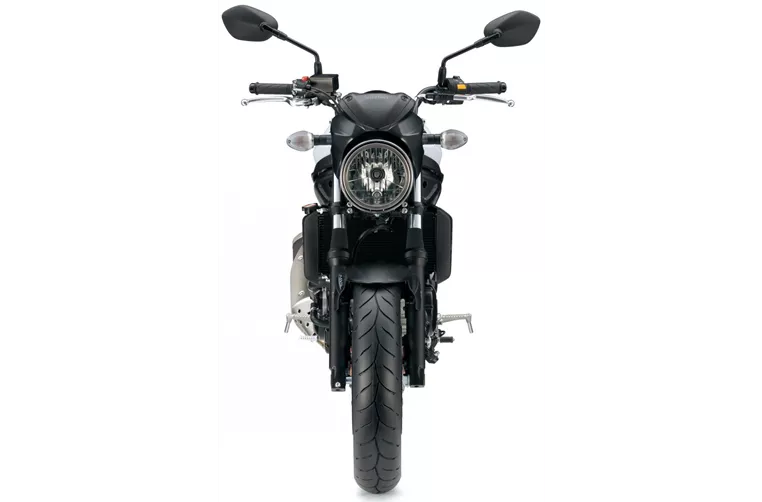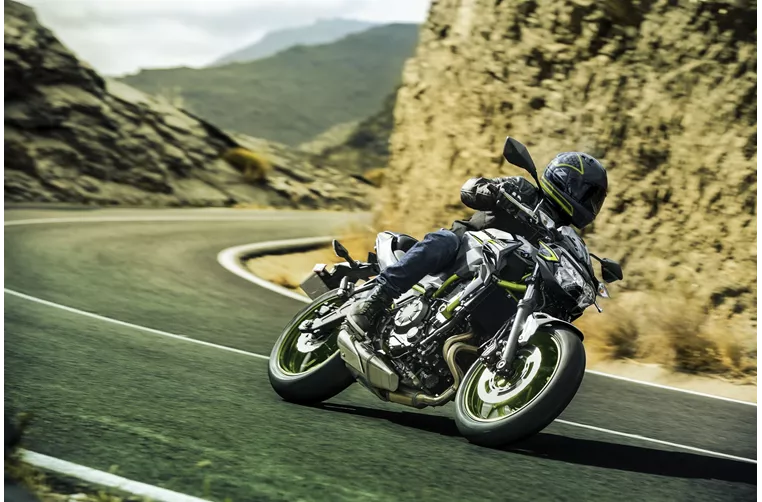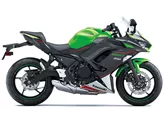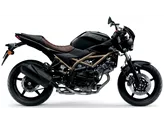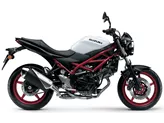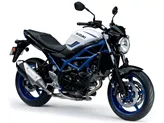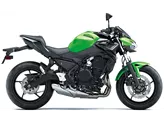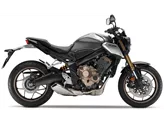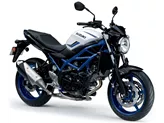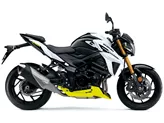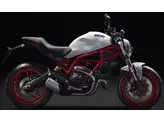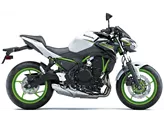Suzuki SV 650 2016 vs. Kawasaki Z650 2021
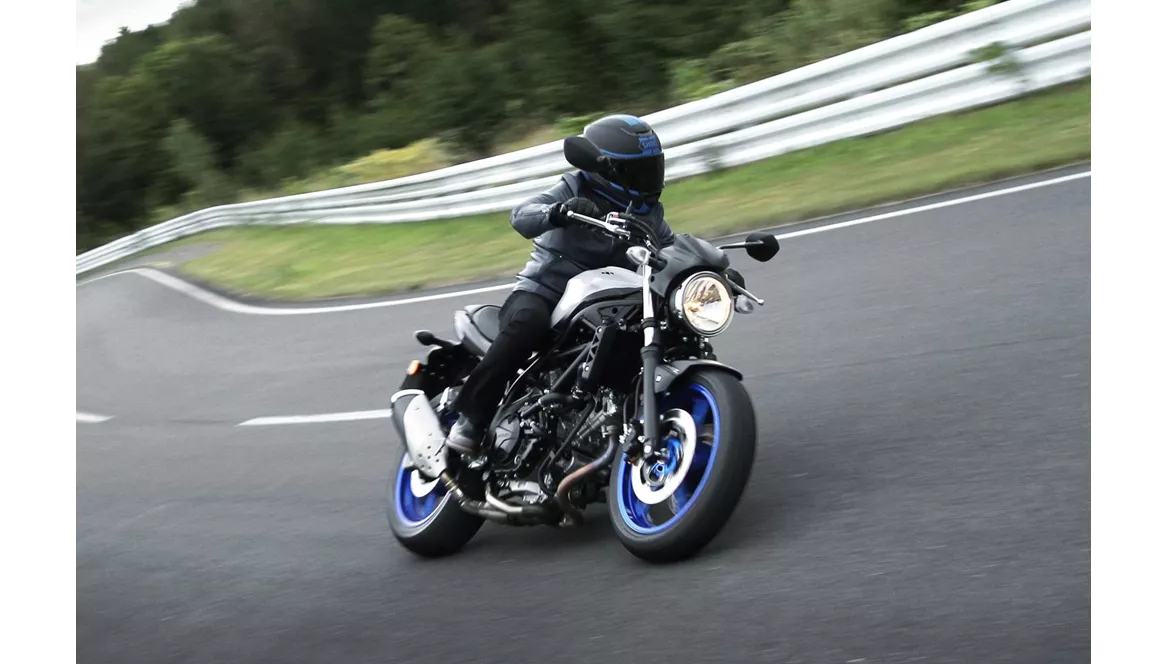
Suzuki SV 650 2016

Kawasaki Z650 2021
Overview - Suzuki SV 650 2016 vs Kawasaki Z650 2021
The Suzuki SV 650 model year 2016 and the Kawasaki Z650 model year 2021 are both naked bikes with similar technical specifications. However, there are some notable differences between the two.
In terms of engine and drive train, the Suzuki SV 650 2016 is equipped with a V2 engine that produces 76 HP of power and 64 Nm of torque. On the other hand, the Kawasaki Z650 2021 features an in-line twin engine that delivers slightly lower power at 68.2 HP but slightly higher torque at 65.7 Nm. Both bikes have fuel injection systems, liquid cooling, and 2 cylinders.
Both bikes have telescopic fork front suspensions and swing arm rear suspensions with monoshock absorbers. The chassis of both bikes is made of steel and has a tubular frame. The front brakes of both bikes are double disk with double piston calipers. However, the Kawasaki Z650 2021 has slightly larger front brake disks with a diameter of 300 mm compared to the 290 mm disks on the Suzuki SV 650 2016. Both bikes are equipped with ABS as an advanced rider assistance system.
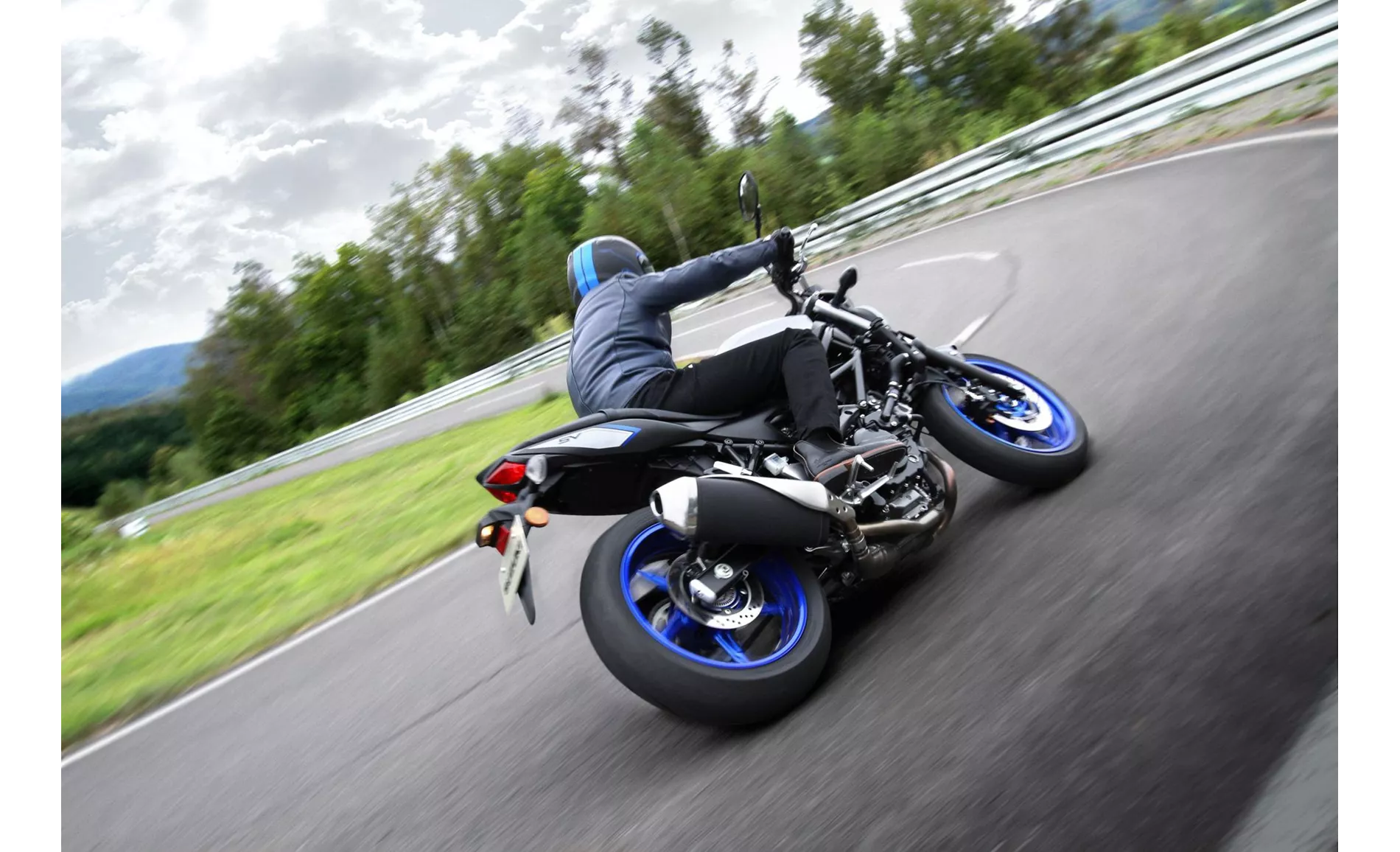
Suzuki SV 650 2016
In terms of dimensions and weights, the Suzuki SV 650 2016 has a front tire width of 120 mm and a rear tire width of 160 mm, both with a diameter of 17 inches. The wheelbase is 1445 mm and the seat height is 785 mm. The kerb weight of the bike, including ABS, is 197 kg, and the fuel tank capacity is 13.8 liters.
On the other hand, the Kawasaki Z650 2021 has the same front and rear tire dimensions as the Suzuki SV 650 2016. However, it has a slightly shorter wheelbase of 1410 mm and a slightly higher seat height of 790 mm. The kerb weight of the bike, including ABS, is 187.1 kg, and the fuel tank capacity is 15 liters.
In terms of strengths, the Suzuki SV 650 2016 is praised for its agile and powerful engine, which produces a typical V2 sound. It also offers a pleasant and low seating position, easy handling, and a comfortable chassis. The brakes on the bike are also commended for their good control.
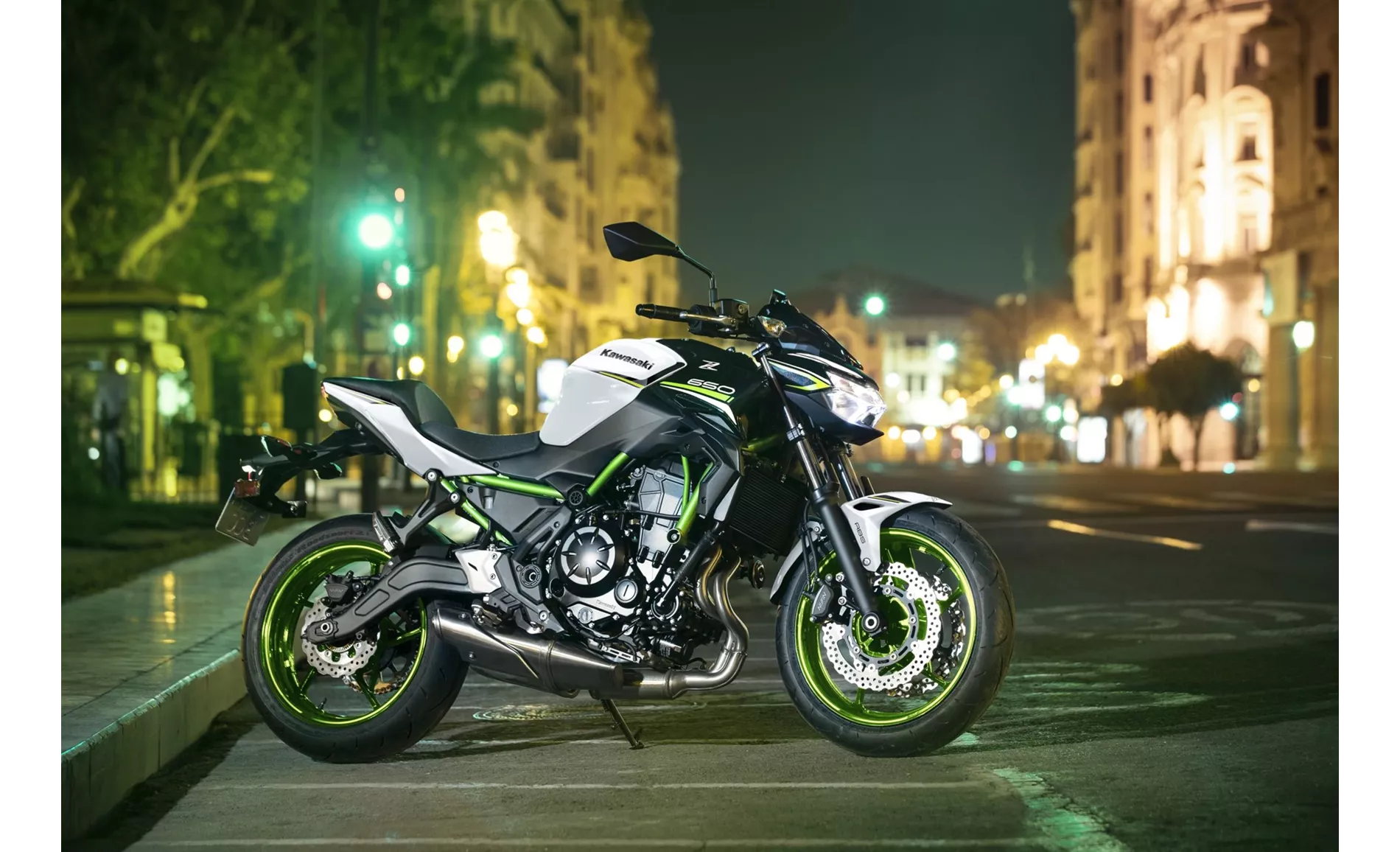
Kawasaki Z650 2021
On the other hand, the Kawasaki Z650 2021 is appreciated for its accessible two-cylinder engine, compact dimensions, and low seat height. It also features a stable chassis and a TFT display with connectivity. The bike is also noted for its grown-up look.
In terms of weaknesses, the Suzuki SV 650 2016 has been criticized for its poorly readable digital tachometer. On the other hand, the Kawasaki Z650 2021 may be uncomfortable for tall riders and is said to have a lower adrenaline level in the saddle compared to its competition.
Overall, both the Suzuki SV 650 2016 and the Kawasaki Z650 2021 are capable naked bikes with their own strengths and weaknesses. The choice between the two would depend on personal preferences and priorities.
Technical Specifications Suzuki SV 650 2016 compared to Kawasaki Z650 2021
Pros and Cons in comparison
Pros and Cons in comparison
Suzuki SV 650 2016
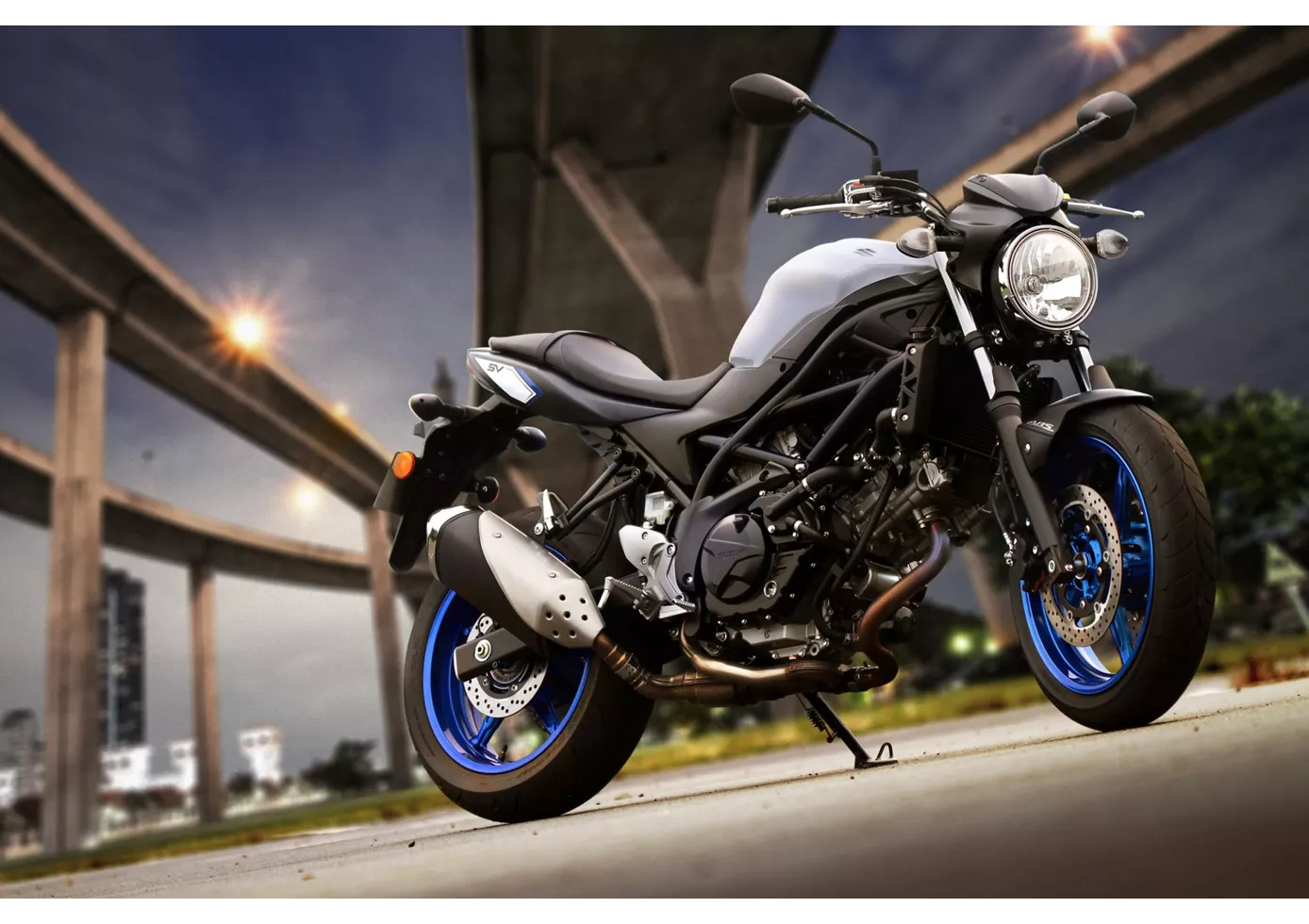
The new SV650 continues the visual minimalism of the first two SV650 generations, but builds technically on its direct predecessor, the SFV650 Gladius - two excellent moves that turn the very modern SV650 into a classic. The design fits wonderfully into the era of many retro conversions, but inside there are also modern gimmicks that make it easier for beginners in particular to get started. The engine, on the other hand, can also convince advanced riders; the typical V2 feeling is wonderful. You shouldn't expect extreme sportiness in the chassis and brakes, but the price of just under 6400 euros (in Germany) is a statement that the competition will have to swallow.
Kawasaki Z650 2021
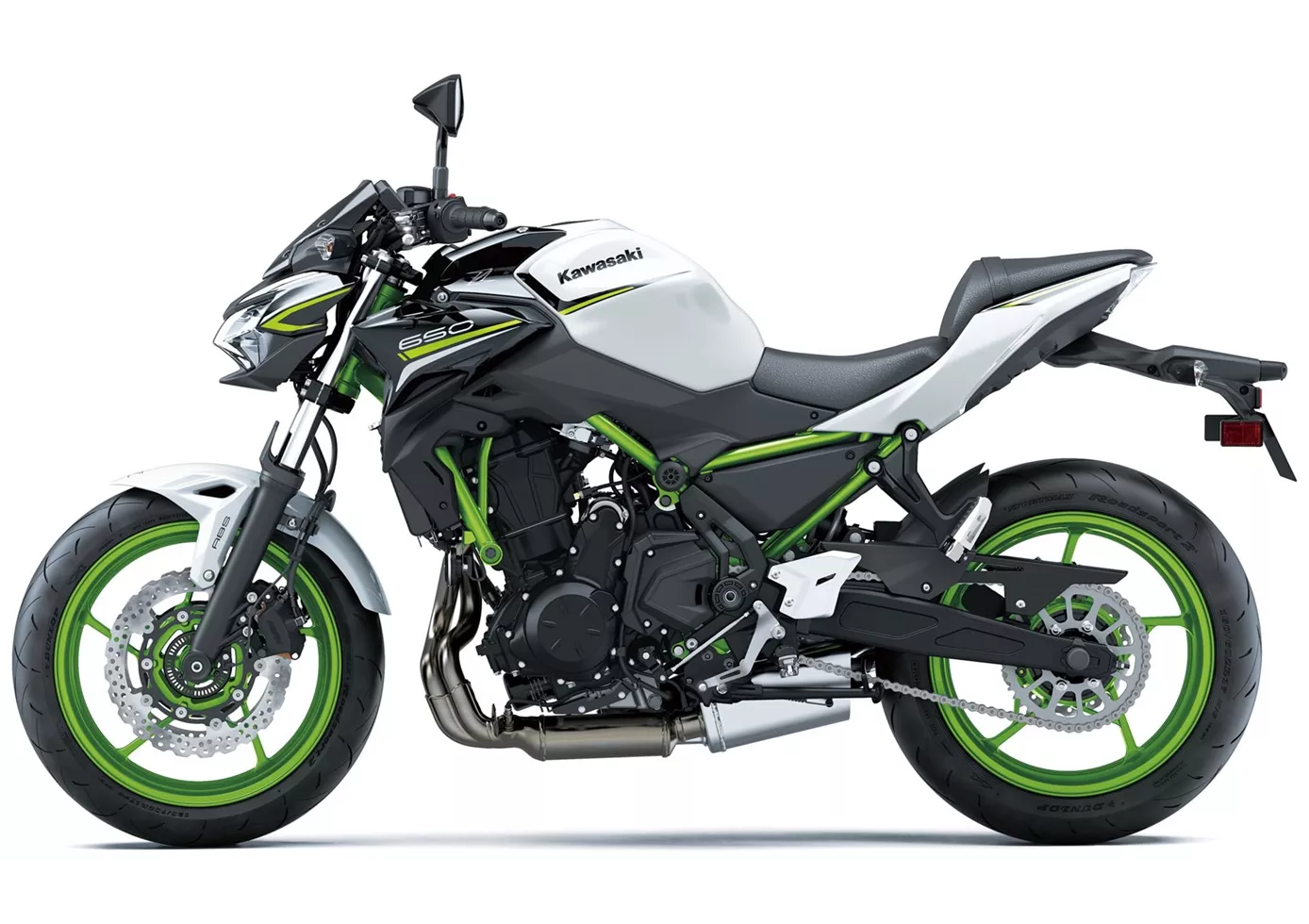
Even in 2021, the Kawasaki Z 650 stands for easy riding with great looks and good equipment. Both seat height and engine are very accessible and will give both experienced riders and newcomers a lot of pleasure. If you are looking for an honest naked bike without any big surprises, this is the bike for you. Due to its compact dimensions, however, you should try it out before buying and perhaps go for the raised seat.
Price Comparison Avarage Market Price Suzuki SV 650 vs Kawasaki Z650
There are a few key differences between a Suzuki SV 650 2016 and a Kawasaki Z650 2021. In terms of price, the actual average price of a Kawasaki Z650 2021 is about 22% higher. Compared to Kawasaki Z650 2021 there are less Suzuki SV 650 2016 bikes available on the 1000PS.de Marketplace, specifically 11 compared to 25. It takes less time to sell a Suzuki SV 650 with 80 days compared to 106 days for a Kawasaki Z650. Since model year 2005 1000PS.de editors have written 25 reviews for the Suzuki SV 650 and 31 reviews for the Kawasaki Z650 since model year 2017. The first review for the Suzuki SV 650 was published on 9/26/2008 and now has more than 14,200 views. This compares to more than 25,000 views for the first review on Kawasaki Z650 published on 11/8/2016.
